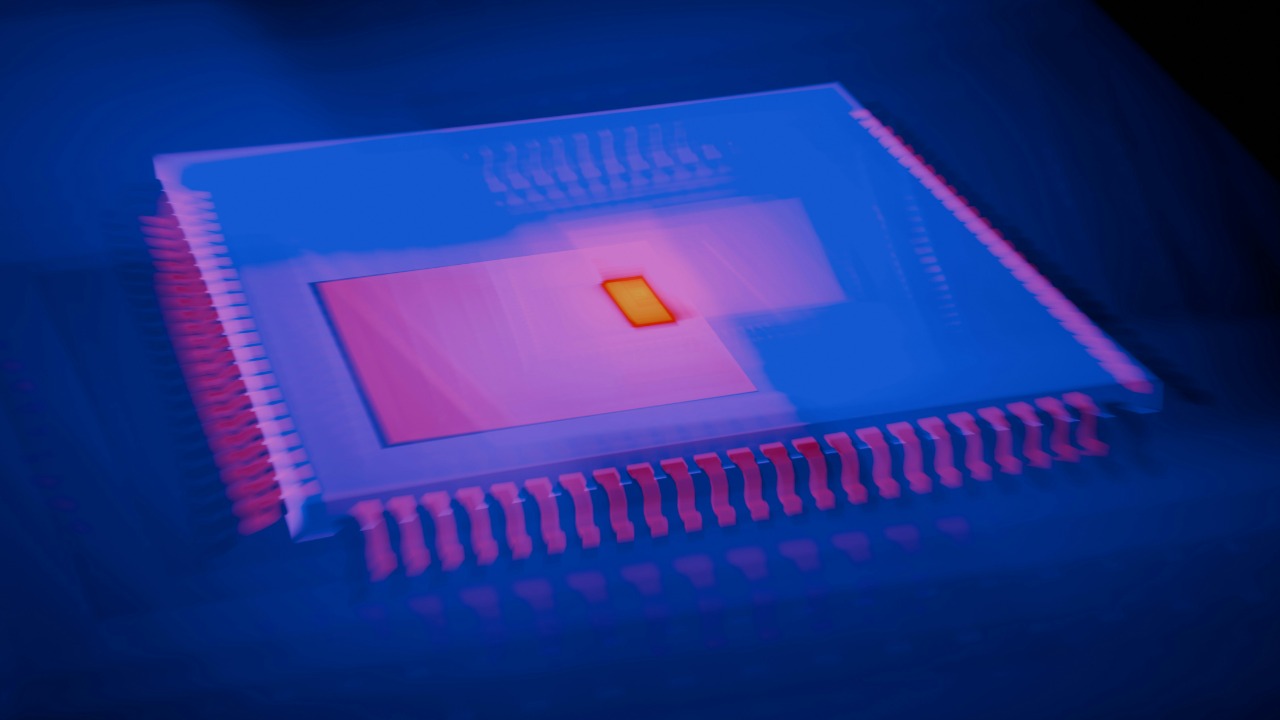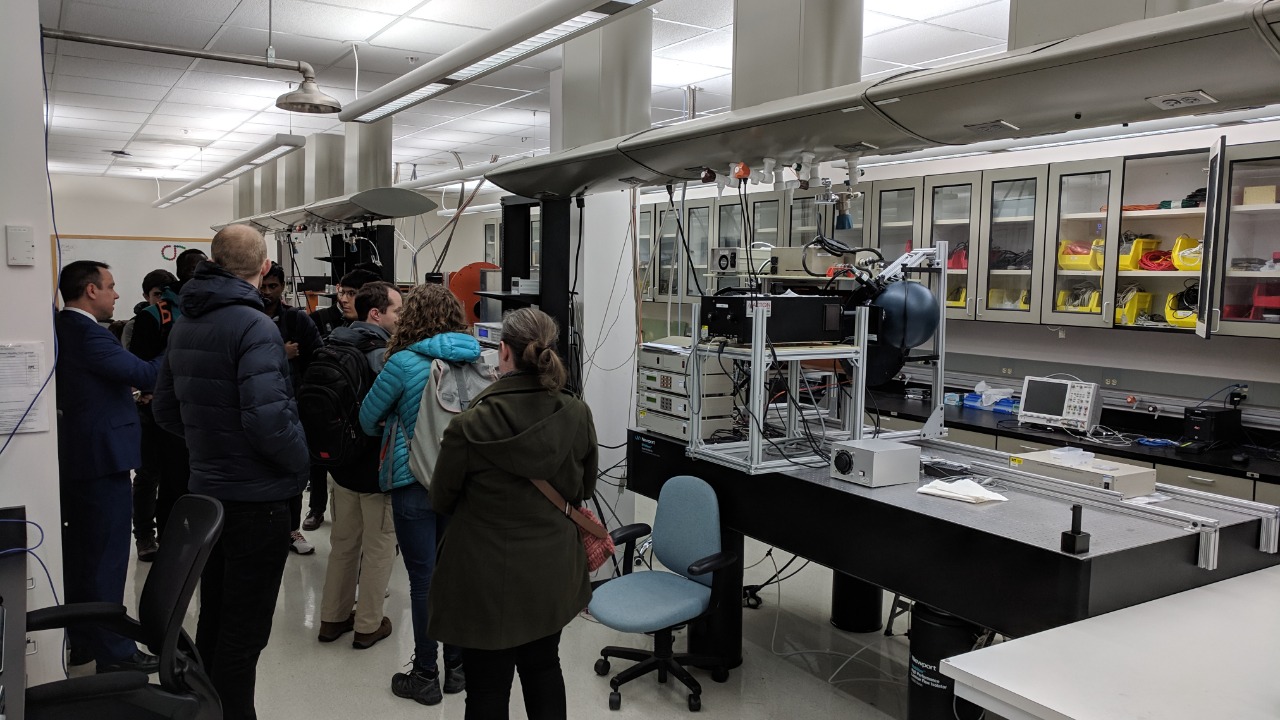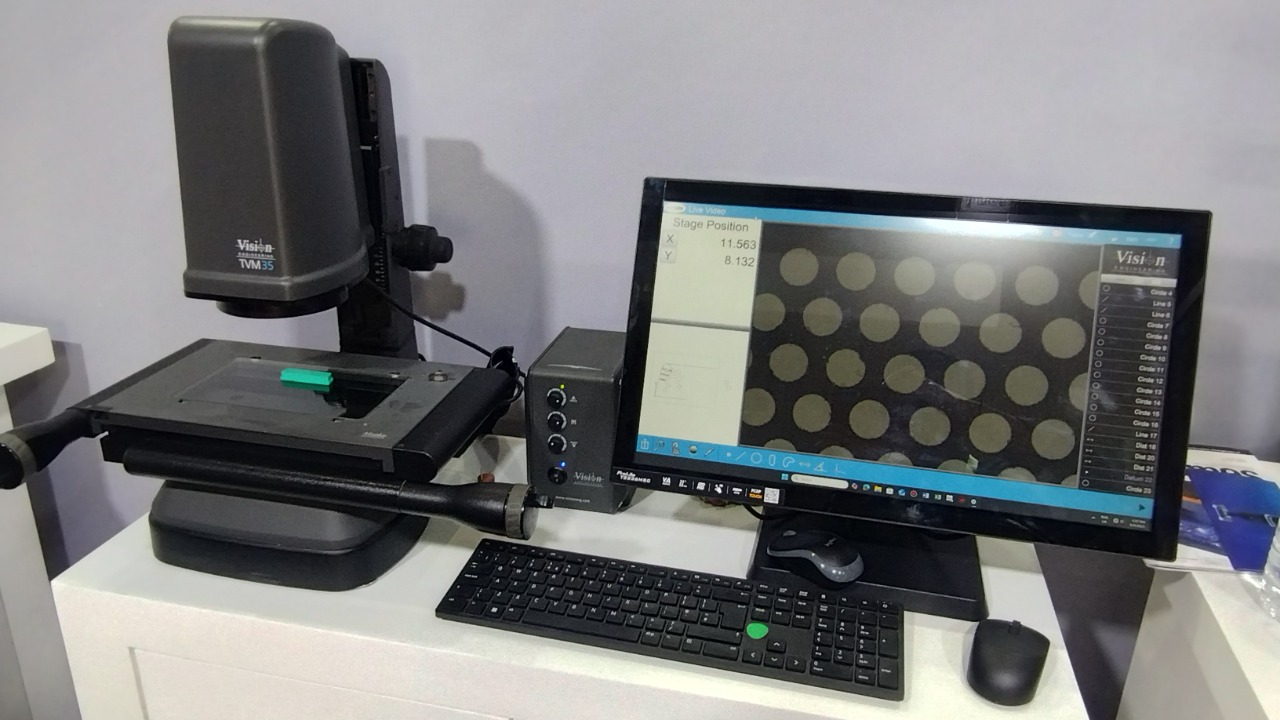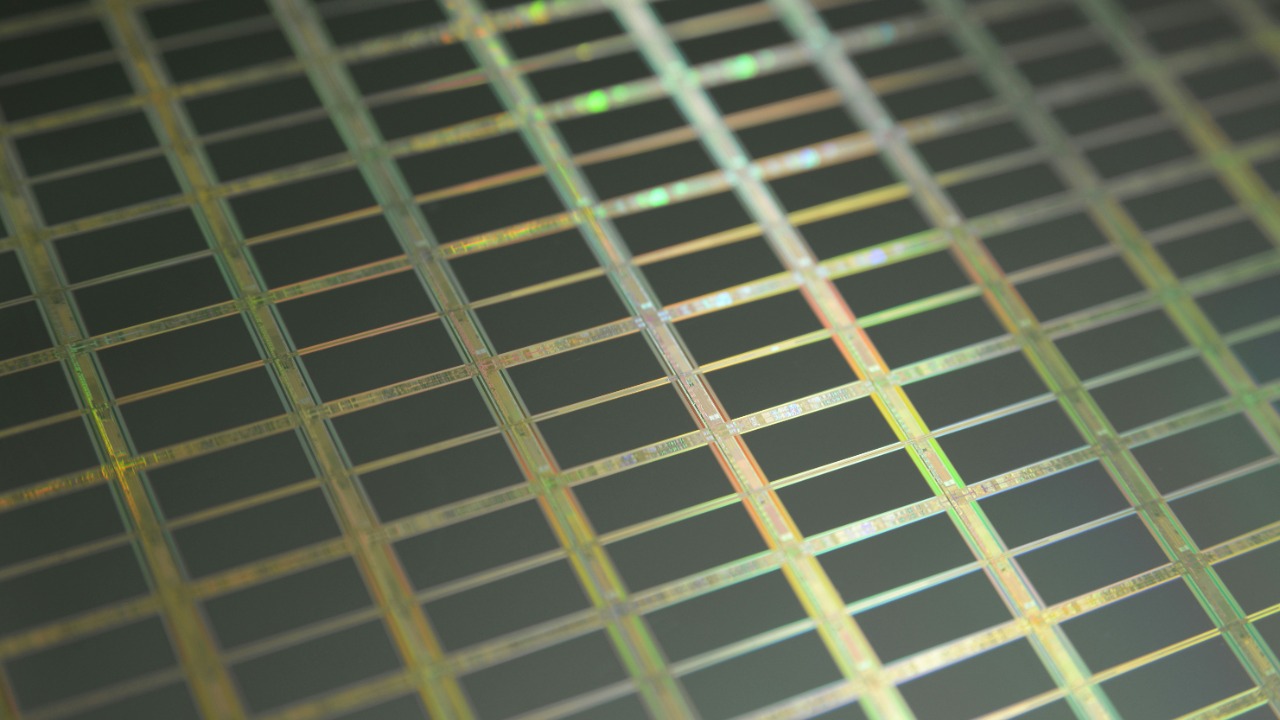
NTT Research, in partnership with external collaborators, has introduced the world’s first programmable nonlinear photonics chip. This groundbreaking innovation disrupts the conventional one-device-one-function model in photonic technologies, enabling flexible reconfiguration of nonlinear optical processes on a single integrated chip. The development of this chip signifies a significant leap towards scalable quantum technologies and compact photonic systems.
The Innovation Behind Programmable Photonic Waveguides

The core design of the chip is an integrated nonlinear photonic waveguide that allows real-time programming of optical functionalities. This replaces rigid fixed-purpose devices with a versatile platform, revolutionizing the way we approach photonic technologies1. The waveguide integrates nonlinear effects like frequency conversion and parametric amplification, enabling dynamic adjustments without the need for hardware changes2.
Key to the chip’s architecture are thermo-optic phase shifters and Mach-Zehnder interferometers, which control light propagation paths. However, the specifics of these components and their role in the chip’s functionality are not detailed in the available sources.
NTT Research’s Role in the Development

NTT Research’s Physics & Informatics Lab led the project, focusing on advancing integrated photonics for quantum applications3. The development of the chip was a collaborative effort involving NTT’s internal teams and external academic partners, who worked together to prototype and validate the chip’s programmability4.
NTT’s investment in nonlinear photonics is part of broader initiatives to miniaturize quantum light sources and processors. This aligns with the global trend towards smaller, more efficient technology, particularly in the field of quantum computing2.
Breaking the One-Device-One-Function Paradigm

The chip overcomes limitations of conventional photonic devices by supporting multiple nonlinear operations through software-like reconfiguration. This flexibility is a significant departure from the traditional one-device-one-function paradigm4. For instance, the chip can switch between second-harmonic generation and four-wave mixing on the same waveguide, although the specifics of these functions are not detailed in the available sources.
This paradigm shift has a profound impact on device scalability, reducing the need for multiple specialized chips in photonic circuits. This not only simplifies the design process but also makes it more cost-effective1.
Technical Performance and Validation

Experimental results show the chip’s ability to achieve low-loss light manipulation. However, the specifics of these results, including insertion losses and phase stability, are not detailed in the available sources. Similarly, validation tests conducted on silicon nitride platforms demonstrating stable nonlinear interactions at telecom wavelengths are mentioned, but the specifics are not provided3.
Metrics like reconfiguration speed are also important for practical quantum applications. However, the specifics of these metrics, such as tuning times, are not detailed in the available sources2.
Applications in Quantum Light Technologies

The chip has potential in generating entangled photon pairs for quantum communication, enabling programmable sources on compact scales. However, the specifics of this application are not detailed in the available sources1. The chip could also be integrated with quantum processors for on-chip light manipulation, supporting flexible quantum gates and sensors. However, the specifics of these applications are not detailed in the available sources.
Other potential uses include nonlinear quantum optics, such as adaptive squeezing of quantum light for enhanced sensing precision. However, the specifics of these applications are not detailed in the available sources4.
Challenges and Future Directions

Fabrication challenges include the precise control of waveguide dimensions to minimize nonlinear losses in integrated formats. However, the specifics of these challenges are not detailed in the available sources3. Scalability issues, such as expanding the chip to handle higher power levels without thermal degradation, are also a concern. However, the specifics of these issues are not detailed in the available sources2.
Looking ahead, future enhancements could include hybrid integration with superconducting detectors for full quantum systems. However, the specifics of these enhancements are not detailed in the available sources. Despite these challenges, the development of the world’s first programmable nonlinear photonics chip is a significant milestone in the field of quantum technologies, promising a future where photonic systems are more flexible, efficient, and compact5.